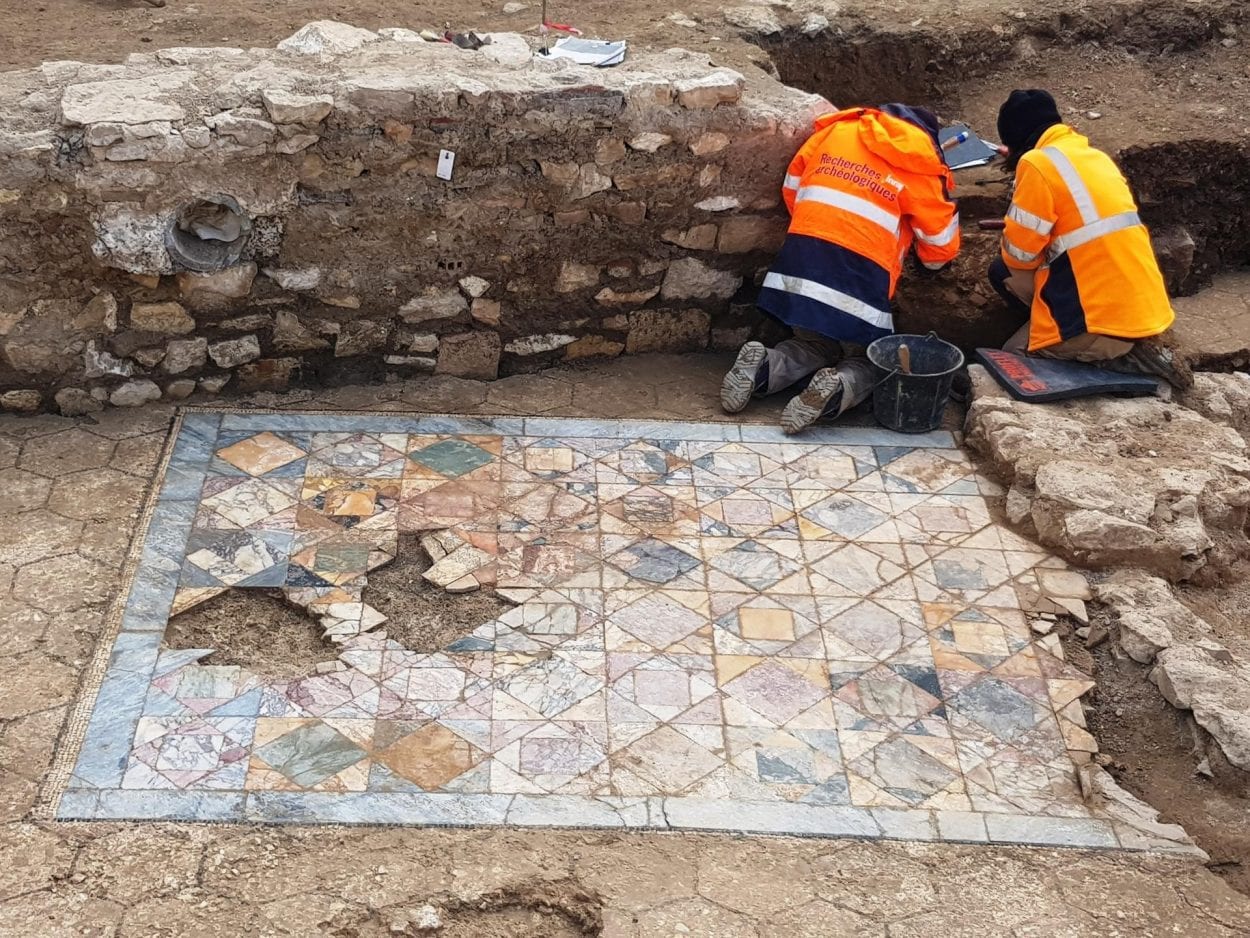Archaeologists conducting excavations in the French city of Nîmes have discovered the remains of two high status Roman domus (houses).
Nîmes became a Roman colony called Colonia Nemausus sometime before 28 BC, emerging as a major administrative centre to govern southern Gaul.
At its peak, the city had around 50,000–60,000 inhabitants and various civic and recreational buildings, such as a civil basilica, a curia, a gymnasium, amphitheatre, several temples, and perhaps a circus.
Excavations were conducted by the National Institute for Preventive Archaeological Research (Inrap) in the area of the Roman forum district.

The team excavated two Roman domus, a typical high-status building occupied by the elite upper classes of Roman society. A domus normally has a vestibulum (entrance hall) that led into a large central hall: the atrium, with several cubicula (bedrooms), a dining room triclinium, a tablinum (living room or study), and a culina (Roman kitchen).
One of the domus excavated has a decorated checkerboard shaped marble floor called a sectile opus, an art technique where material is cut into pieces, polished, then trimmed further according to a chosen pattern. Unlike tessellated mosaics, where the placement of very small uniformly sized pieces forms a picture, opus sectile pieces are much larger and can be shaped to define large parts of the design.
Other discoveries include rooms heated by a hypocaust (a system of central heating where hot air circulates beneath a floor and through a series of pipes in the walls), courtyards containing horticultural pots, and a marble basin with a semi-circular apse.
Header Image Credit : Inrap





